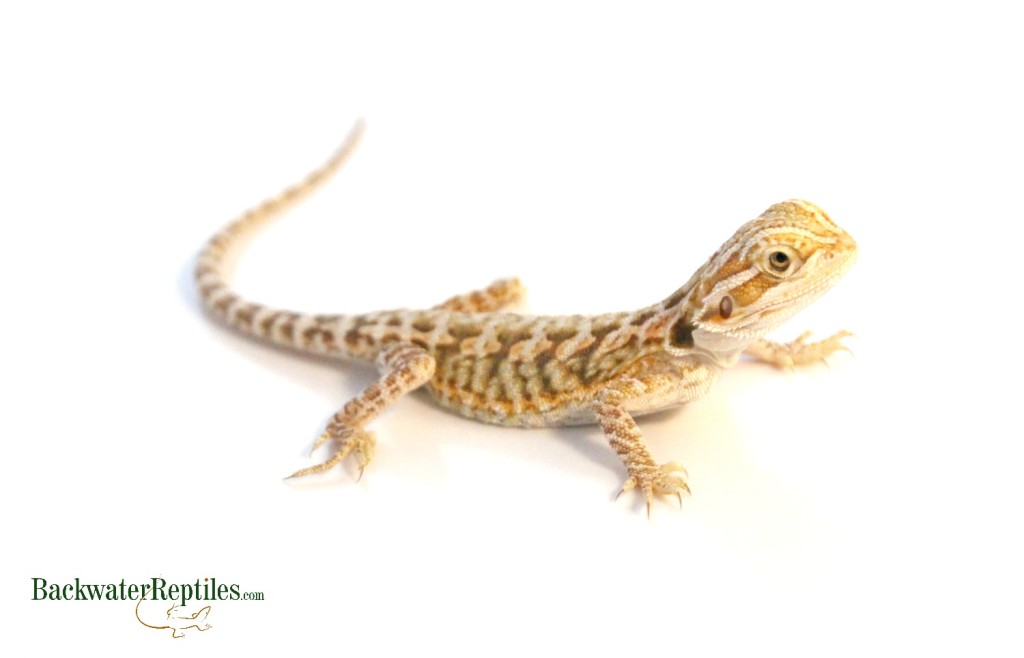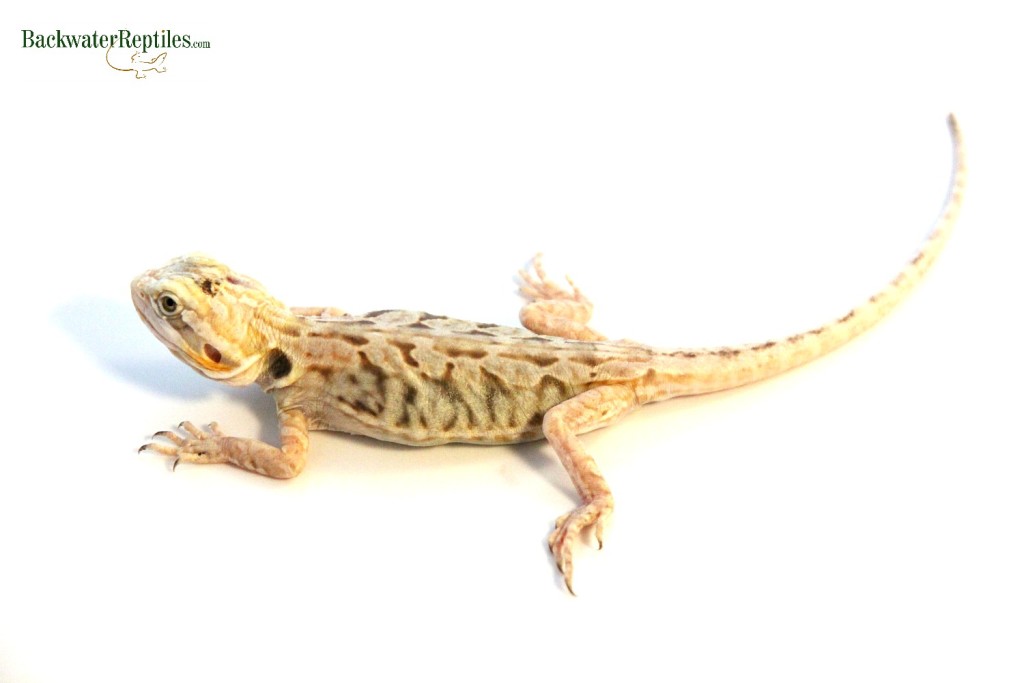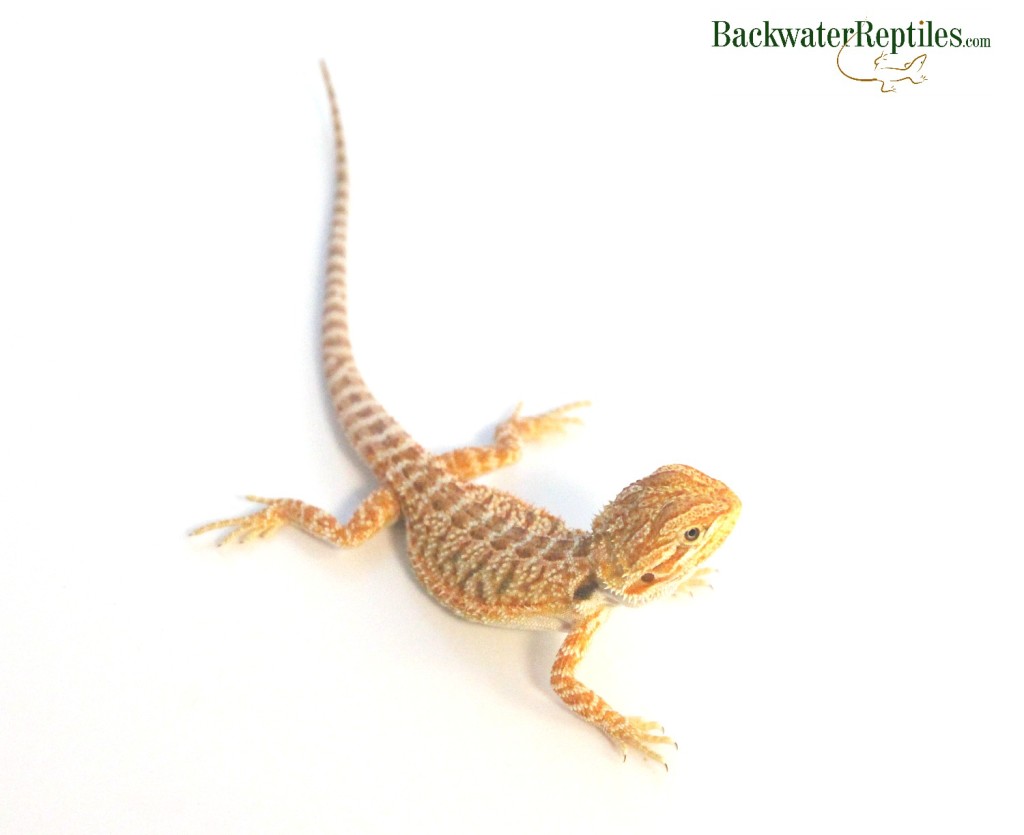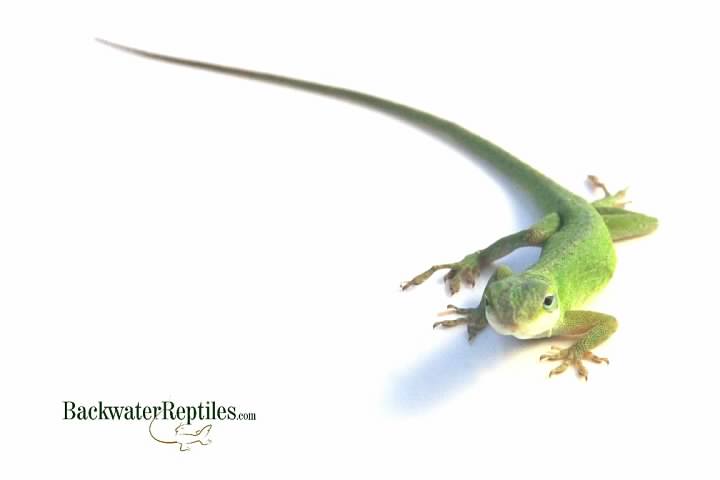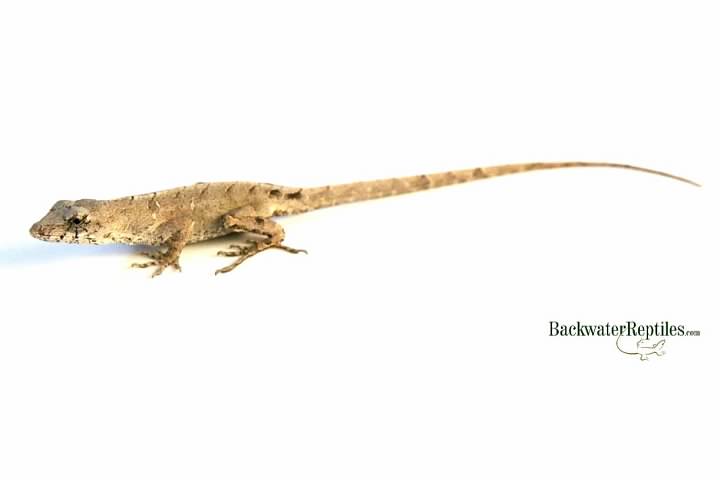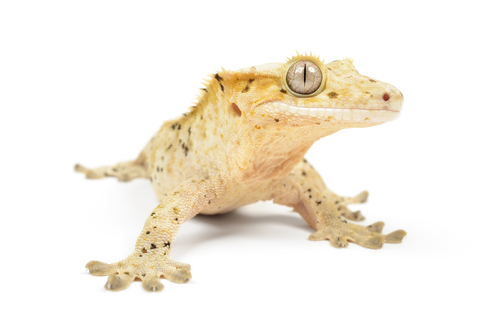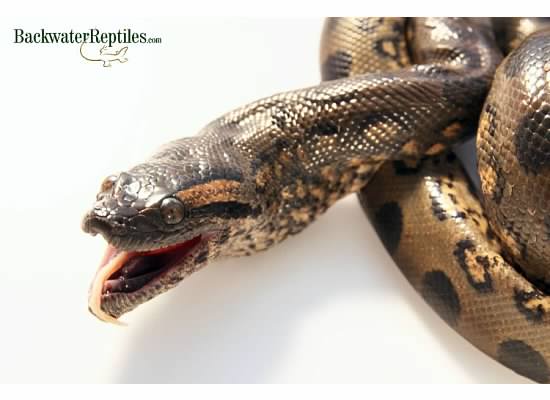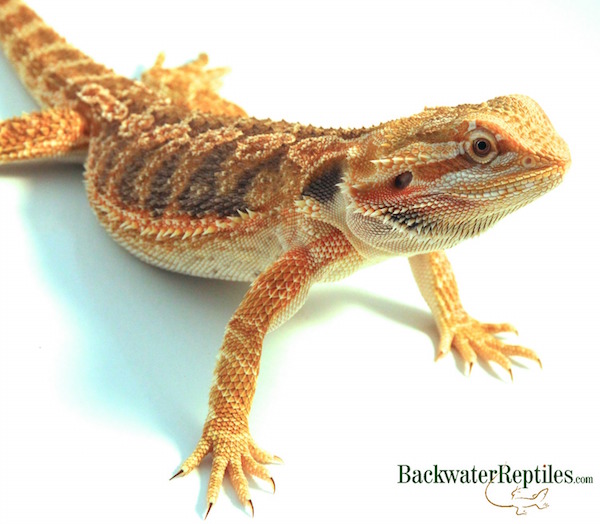What are the best pet reptiles for handling?
Because reptiles aren’t technically domesticated animals, not all of them enjoy interacting with people. In fact, some are quite skittish. But in our experience, the reptiles that enjoy being held, petted and generally removed from their enclosures are bearded dragons, leopard geckos, corn snakes and ball pythons.
Bearded Dragons as Pets
Bearded Dragons are one of the most popular pet lizards. Period. It’s not hard to see why. Not only are they available in a multitude of different morphs and colorations, they are relatively easy to care for and super fun to play with!
Bearded dragons are known for their quirky and humorous personalities. Many get to know their owners and will get excited to be petted and taken out of their enclosure.
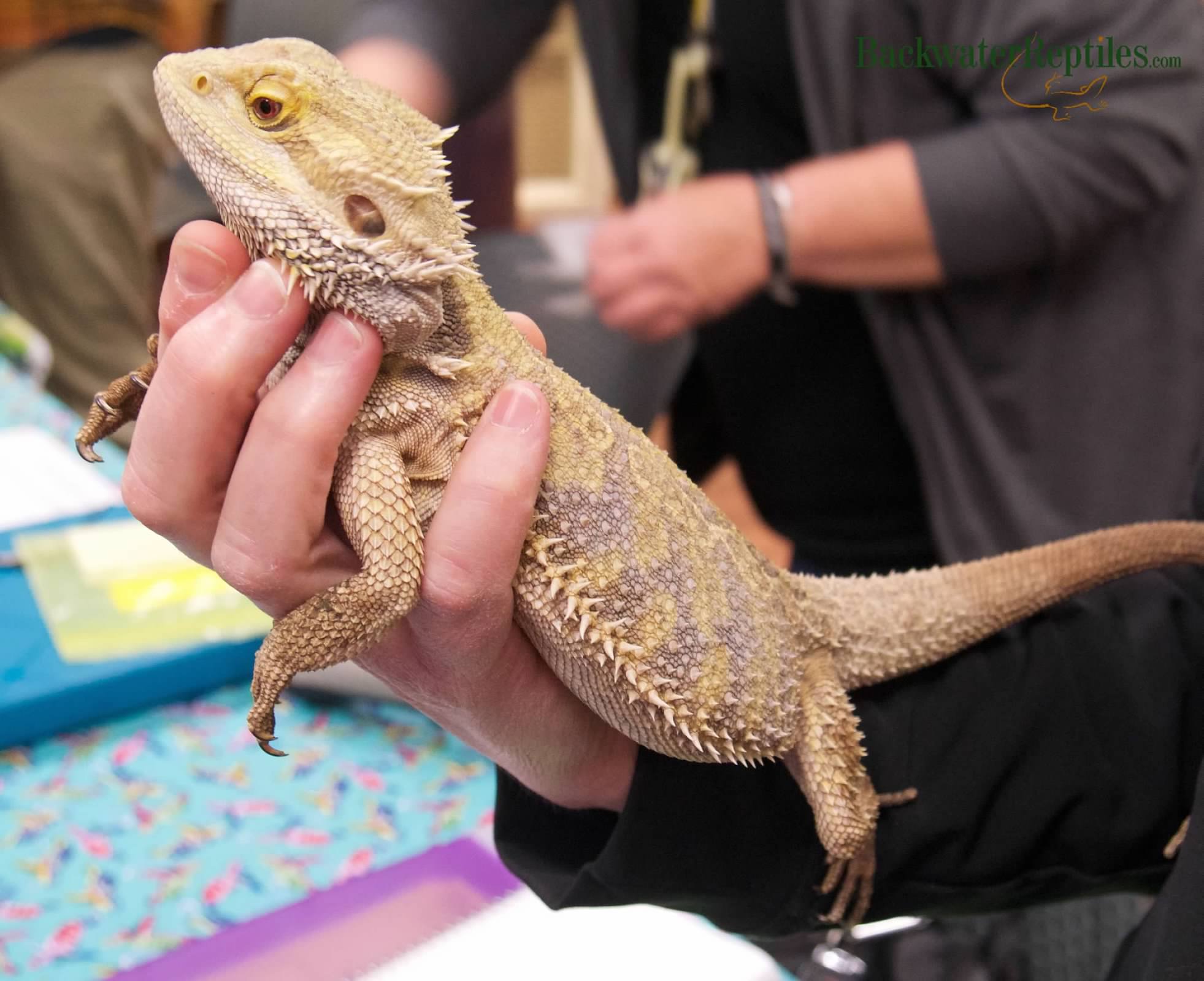
They are extremely docile lizards that rarely get upset at humans, unless they are directly threatened or harmed. They are extremely laid back and enjoy spending quality time with their owners. We’ve seen beardies who will watch TV with their owners, go for walks, hang out near their owner’s laptop and even chill on their owner’s shoulder as they walk around the house.
The bottom line is that bearded dragons are very friendly and we highly recommend them for first time reptile owners and experienced herp enthusiasts alike.
There are many fantastic care sheets online for bearded dragons, but if you need more information about them prior to purchasing, we’ve got you covered. Check out our articles on what to feed your bearded dragon and most popular bearded dragon morphs.
Ready to buy your own bearded dragon? We’ve got a great selection available!
Leopard Geckos as Pets
A very common lizard found at pet stores and reptile expos alike is the leopard gecko. These lizards are smaller than their bearded dragon cousins, but equally as fun to handle.
Just like bearded dragons, leopard geckos can be purchased in an endless array of morphs, colors, and patterns. It can be confusing because there are simply so many to choose from. Check out our article on different leopard gecko morphs if you want to learn more.

Leopard geckos are quieter than bearded dragons. They are slower and might seem “sleepier” if you are making a comparison between the two species. They are extremely relaxed lizards and definitely don’t mind human handling or interaction.
The great thing about leopard geckos is that because they are so calm, they won’t attempt to jump out of your hand when you hold them. They might get a tad squirmy, but usually they are quite content to hang out, pose for photos for their adoring owners and munch some insects.
If you are looking for a small, docile and interactive pet lizard for your first reptile, we highly recommend a leopard gecko. They are especially good for children who want a pet reptile.
Ready to buy your very own leopard gecko? Check out the selection we offer on our website.
Corn Snakes as Pets
If you’re in the market for a reptilian pal with no legs, corn snakes are an excellent option.
Corn snakes are also available in an array of morphs and colors. Some are rather unique-looking. And because they have been bred in captivity for so many generations, they are not only beautiful snakes, they are healthy and free of ailments that wild caught reptiles can encounter. Learn more about the most popular corn snake morphs by reading our article.
Caring for a corn snake is straight forward and they don’t even need UV lighting to thrive, although some owners do still prefer to provide it. And unlike bearded dragons and leopard geckos, corn snakes don’t need to eat daily. In fact, depending on the age of the snake, you will only need to feed it weekly or every other week.
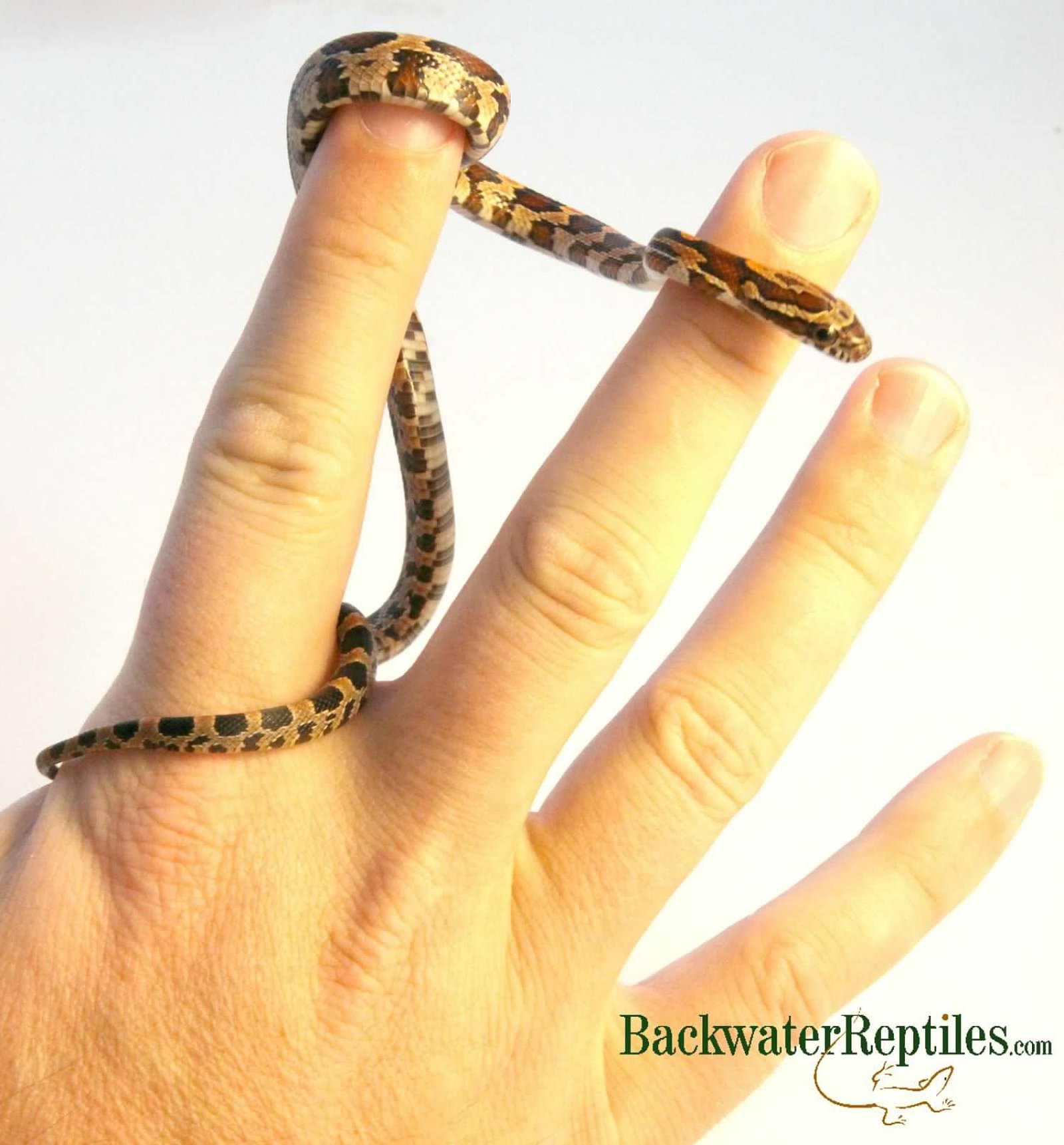
As far as temperament is concerned, corn snakes are known for being fairly docile. They can be a tiny bit nippy as babies, but as they mature and grow, they usually lose this habit. Corn snakes are fun to handle and are not considered skittish snakes.
If you’re ready to commit to your own pet corn snake, check out Backwater Reptiles selection of colorful and lively corn snakes for sale.
Ball Pythons as Pets
Another option if you want a snake that you can easily handle is to get a ball python. Although they are “chunky,” these snakes stay relatively small and tend to have shy personalities.
Ball pythons actually spend a lot of time hiding, but that doesn’t make them antisocial. In fact, most ball pythons thoroughly enjoy being handled and even love being taken outside to get some supervised sunshine.
Like all of the pet reptiles listed in this article, ball pythons have been bred in captivity for generations now. This means that they are healthy and their genes are strong. And as an added bonus, they come in an endless variety of special colors and patterns. Just visit a reptile expo to see what we mean!
Many people are fond of ball pythons because they are easy to care for and also very cute. They have short thick bodies and bulbous heads. They are lovely snakes to show off. And they also have a very delightful habit of curling into a ball when you hold them as babies.
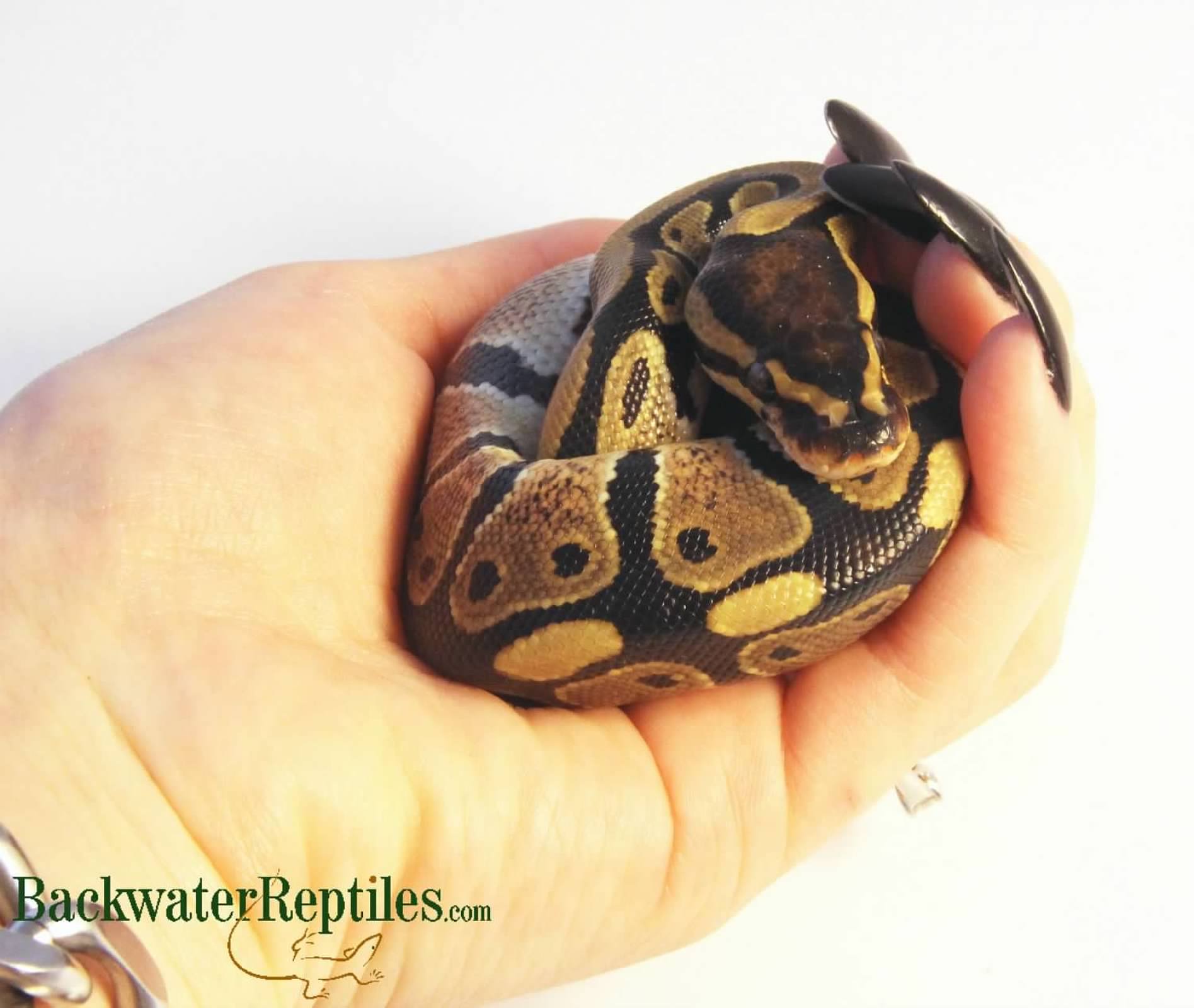
Because ball pythons are stockier than corn snakes, they tend to move less quickly. Don’t get us wrong – they can still strike and slither very fast when they feel threatened. However, for the most part, ball pythons are cool, calm and collected when being held by their owners. They very much enjoy the warmth generated by human beings and they are known for their easy-going temperaments.
If you’re interested in learning more about these gentle snakes, read our article that discusses the most frequently asked questions regarding ball pythons.
Purchase your very own pet ball python here.
Conclusion
While there are many reptile species that you can hold and play with, in general, bearded dragons, leopard geckos, corn snakes and ball pythons are the most interactive. Each of these species are mild-mannered, typically captive bred and used to human handling and will enjoy being social with their owners.
Is there a reptile species that we didn’t list that you have found to be particularly friendly towards people? Let us know in the comments.



